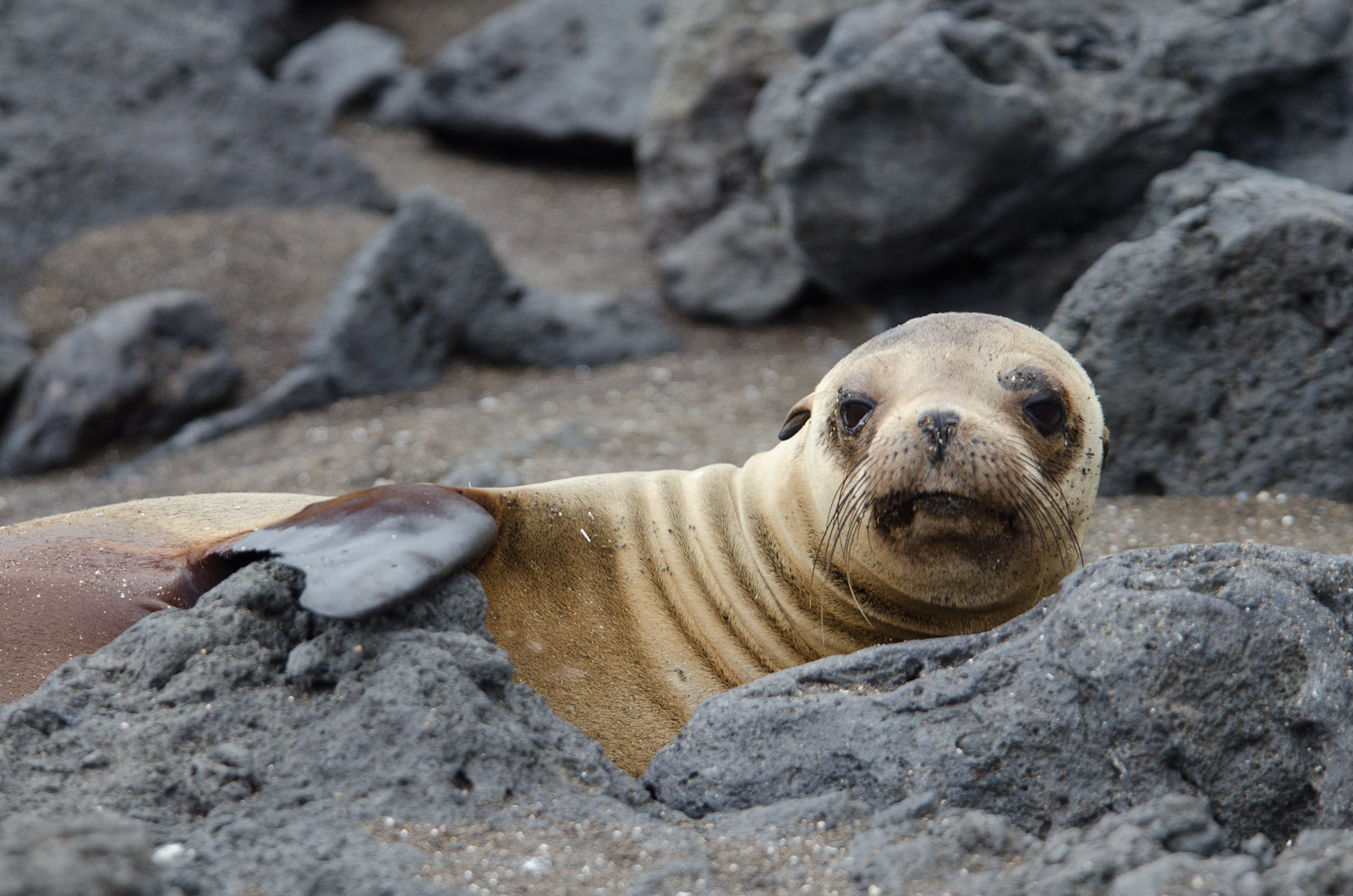October 1, 2015
Are there Dangerous Animals in the Galapagos Islands? Is the Galapagos Safe To Visit?

The Galapagos is an extremely safe travel destination. very little crime occurs in the islands and because tourism plays an important role in the economy of the islands and the Galapagos National Park, strict rules are in place when it comes to migrating to the islands.
In town, especially around Puerto Ayora, using common sense while obeying traffic laws is important and when visiting accessible beaches or sites on your own, it is imperative to stay on marked trails.
Danger in the Galapagos only arises when tourists break the rules, which are in place for their own safety, not just the safety of the special and unique wildlife found here. Pay attention to signs that may warn you about poisonous plants and never go off established trails to get a special photo, as the lava rock terrain can be unpredictable and rough.
When transferring between islands on boats, it is best to always wear a PFD (life vest), even during calm seas. Using the Galapagos handshake (gripping each other by the forearm, instead of the hand), when entering and existing boats is also important, as it provides you with stability and enables others to help you in case you lose your balance.
The weather can get very hot and humid on land at certain times of the year, and the currents can create surprisingly cool waters. Essential items like sunscreen and a sun hat, as well as a wetsuit for snorkelling, will ensure you stay comfortable during your stay.
Dangerous Animals in the Galapagos Islands…
Wildlife presents the most common potential danger when visiting the Galapagos. But by simply following the rules and keeping your distance, you’ll be safe. Remember that the sea lions, iguanas and birds don’t know the rules – so sometimes they approach you! In such cases, be careful and try to maintain your distance.

Watch out…this Galapagos Penguin looks pretty dangerous!
Your Galapagos naturalist guides will always advise you if a situation has any potential dangers, such as an aggressive male sea lion patrolling a beach. In general though, animal bites are extremely rare and there are no predatory species on land that you have to be worried about. At sea, sharks and sea urchins are commonly spotted, while lion fish and other poisonous fish may also be present. Again, these creatures are not generally aggressive towards visitors and the danger is very small if you keep a safe distance.
All of the good tour operators ensure that their guides have first aid training and can deal with any of the more common travel injuries that can happen anywhere, such as scrapes, cuts and bruises. Be sure to ask your travel company what their staff training and safety programs include if you are concerned about your safety in the Galapagos Islands.
